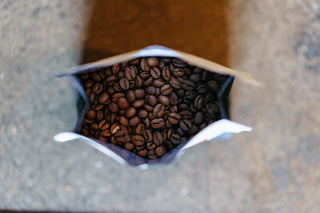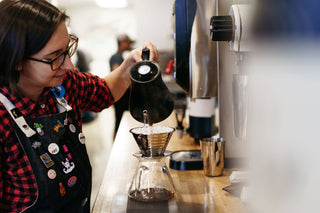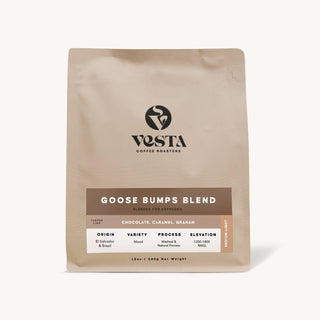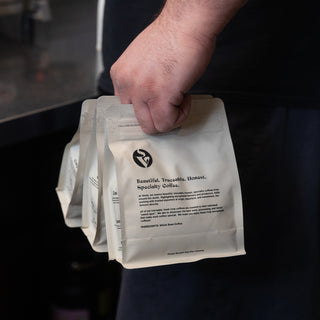Home Brew
-

Improving your home brew: Storage
We bag our coffee directly after roasting into nitrogen flushed, aluminum-lined bags, meaning that our coffee is technically optimal until about 90 days from the roast date. We think it shines...
-

Improving your home brew: Grind Size
Grind size is crucial for successfully extracting coffee, and mastering the right grind size can be difficult. To start, we recommend using a Burr Grinder versus a Blade grinder for...
-

Improving your home brew: Water Quality
Seeing as coffee is 98% water, starting with higher quality water will often be the best and cheapest way to upgrade your home coffee game. We experience some seriously HARD...





